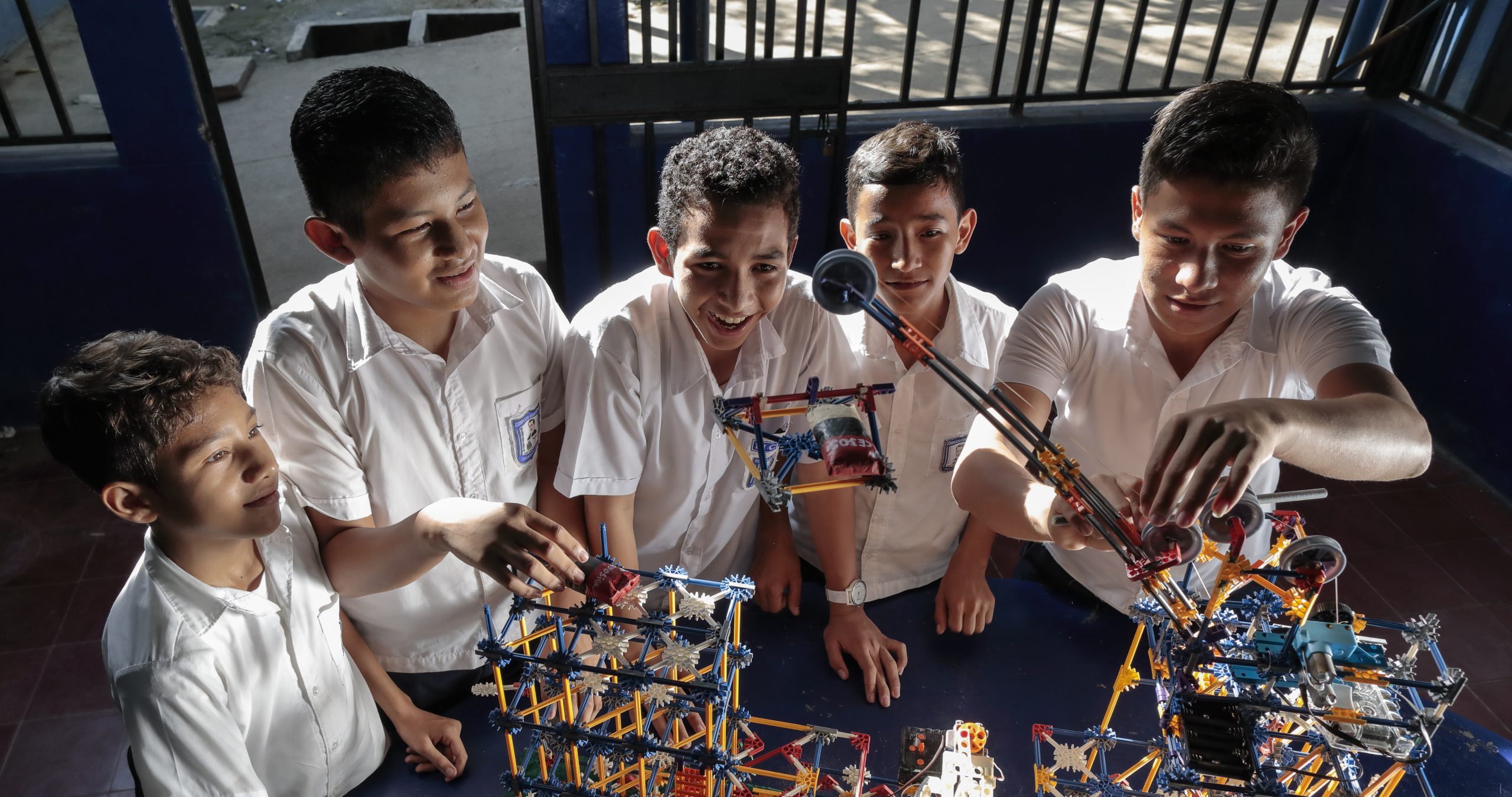Report on SDG 4.1.1 to Improve Global Learning Outcomes
“The urgency for establishing concrete steps to obtain high quality, globally comparable learning data that can be used to improve national education systems is now palpable.”
— Silvia Montoya, Director, UNESCO Institute for Statistics
An educational objective of the Sustainable Development Goals (SDGs) is to ensure that all children, no matter where they live or in what language they are educated, have the opportunity to achieve the same reading and math skills as their peers around the world.
Sustainable Development Goals 4.1.1 give us an opportunity to collect data to understand if we are giving children everywhere the reading and math skills they need. While a complex initiative for everyone involved, this is the only way to ensure our children have the future they deserve. This data, shared globally, highlights successes where others can learn and shows donors where resources are most needed.
The Global Proficiency Framework (GPF)
The global education community developed the Global Proficiency Framework (GPF) as a framework to help benchmark reading and math skills from grades 1-9, across country contexts. The GPF outlines the specific knowledge and skills that students in grades one to nine should demonstrate in reading and math. The GPF builds off the MPL by defining multiple levels around the MPL–below partially meets, partially meets, meets, exceeds. Whereas the MPL just defines one level.
These benchmarks and frameworks allow for more consistent and comparable data collection and analysis of foundational learning, globally. Having comparable data means that every country’s data set is similar enough to each other to be able to make comparisons across countries. Data reported for SDG 4 can show international entities and donors where resources are most needed.
WHY IS COMPARABLE DATA IMPORTANT?
Imagine this scenario: Several students take different mathematics tests in various countries.
Country A: A student scores 40 out of 80 in regional test X.
Country B: A student scores 40 out of 70 in regional test Y.
Country C: A student scores 40 out of 50 in global test Z.
Country D: A student scores 40 out of 65 in national test W.
Can we determine which student is more proficient in mathematics or who meets the global standard for math skills at their age based on these results?
This is where the importance of comparable data comes into play. With comparable datasets, we can accurately compare and analyze students’ performance across different countries and assessments, helping us identify best practices and improve learning
Linking Methods to Map National Assessments to Global Norms
Various methodologies have been developed to help countries map their national assessment data to the 4.1.1 indicator for better understanding and reporting of student achievement.
If a country uses national assessments as the primary measurement of student achievement, the following methodologies can be used to map that data to indicator 4.1.1.
Statistical linking:
Statistical linking methods help map existing assessment data to regional and international data for reporting on indicator 4.1.1.
- The AMPL offers three modules to measure indicator 4.1.1 at different education levels, with modules that can be standalone assessments or integrated into existing ones. More about AMPL
- The Rosetta Stone Study is a pilot program that connects national and regional assessment data with international scores, making the existing data relevant for indicator 4.1.1. More about Rosetta Stone
Non-statistical linking:
This is a methodology that engages educators, curriculum and subject matter experts together to identify relationships between existing data and indicator 4.1.1 proficiency levels.
Policy Linking:
This entails training local experts in reading and math, primarily teachers, to use an internationally approved judgment method for setting minimum scores needed to meet Minimum Proficiency Levels (MPLs). More about Policy Linking
Explore the SDG 4.1.1 Toolkit for valuable insights on reporting options and guidance related to SDG 4.1.1. These resources will help you navigate the various approaches to reporting learning outcomes in basic education:
Want to learn more about how your country can use learning data? Contact the Coalition for Foundational Learning to discuss your specific country needs and interests.


